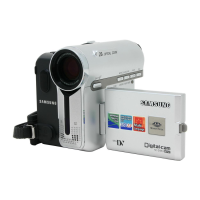
Do you have a question about the Samsung SC-D353 and is the answer not in the manual?
| Type | Mini DV |
|---|---|
| Image Sensor | 1/6" CCD |
| LCD Screen Size | 2.5 inches |
| Sensor | 1/6" CCD |
| Recording Media | Mini DV tape |
| Media Type | Mini DV |
| Video Resolution | 720 x 480 |
| LCD Screen | 2.5" LCD screen |
| Viewfinder | Color |
| Video Format | DV |
| Interface | IEEE 1394 (FireWire) |
| Dimensions | 4.5 x 6.1 inches |
Guidelines for safely rotating the LCD screen to prevent damage.
Safety precautions for moisture, battery, lens, viewfinder, hand strap, and video heads.
Warnings regarding lithium batteries, self-servicing, and replacement parts.
Details on key features, digital functions, and connectivity options.
List of supplied accessories and identification of camcorder parts and ports.
Explanation of remote control buttons and their specific functions.
Steps for adjusting the hand strap, attaching the lens cover, and installing lithium batteries.
Connecting power sources, understanding battery usage, and recording time.
Overview of On Screen Display elements and system menu settings.
Setting the OSD language and configuring the camcorder's internal clock.
Managing remote control acceptance and beep sound preferences.
Activating demonstration mode and configuring shutter sound effects.
Adjusting LCD brightness and color for optimal viewing.
Setting date/time display and configuring TV output options.
Using the viewfinder, adjusting focus, and inserting/ejecting tapes.
Methods for holding the camcorder steady and using different recording views.
Using EASY.Q, Record Search, Zero Memory, Self-Record, Zoom, Fade, BLC, and Nite Shutter.
Using Color Nite Shutter, LED Light, Nite Pix, and Power Nite Pix for dark conditions.
Understanding function availability and choosing between SP and LP record modes.
Configuring audio modes, reducing wind noise, and adjusting shutter speed/exposure.
Adjusting focus, white balance, and activating digital image stabilization (DIS).
Using Program AE modes and applying digital effects to recordings.
Using digital zoom, capturing photos, and managing memory card content.
Playing tapes on LCD/TV, adjusting playback view, and controlling sound.
Using playback pause, picture search, slow playback, frame advance, X2, and reverse playback.
Recording external signals, dubbing audio, and playing back dubbed audio.
Connecting to DV devices and PCs for high-speed data transfer.
Minimum PC requirements and guidelines for using DV connection cables.
Connecting to PC via USB, understanding speed differences, and system requirements.
Choosing USB connection type (Computer/Printer) and setting communication speed.
Installing necessary software and using the camcorder as a PC camera.
Streaming media via USB and accessing the memory card as a removable disk.
Using Memory Sticks, inserting/ejecting cards, managing files, and formats.
Switching between modes and utilizing internal memory storage.
Selecting image quality, managing file numbers, and taking photos.
Viewing images (single, slide show, multi-display) and protecting them from deletion.
Erasing images and formatting the memory card.
Recording and playing back MPEG video files on the memory card.
Copying images from cassette to memory card and vice versa.
Connecting to printers, selecting images, and setting print options.
Configuring date/time imprint and initiating the direct printing process.
Steps for safely powering down and storing the camcorder after use.
Cleaning video heads and guidelines for using the camcorder abroad.
Understanding self-diagnosis displays and resolving common camcorder errors.
Troubleshooting common operational issues and their solutions.
Detailed technical data for system, components, connectors, and general features.

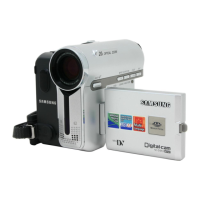
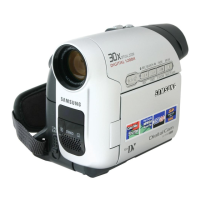
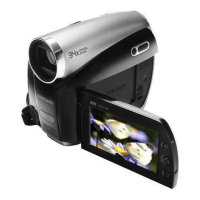

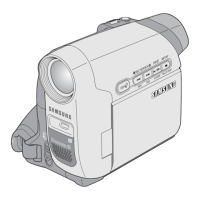
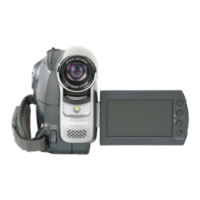
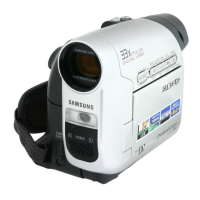

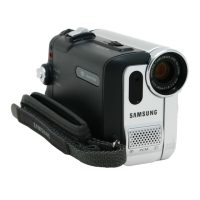
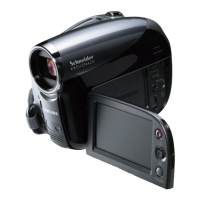
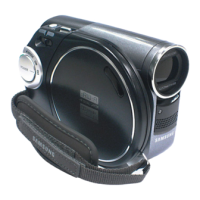
